GlobalWafers Co (環球晶圓), the world’s third-largest silicon wafer supplier, yesterday projected its revenue would fall by a high single-digit percentage this year, as customers undergo a lengthy inventory correction cycle.
That contrasted with the Hsinchu-based company’s earlier forecast of flat revenue growth this year.
“I think this year revenue would be lower than last year,” when revenue hit an all-time high, GlobalWafers chairwoman Doris Hsu (徐秀蘭) told a virtual investors’ conference.
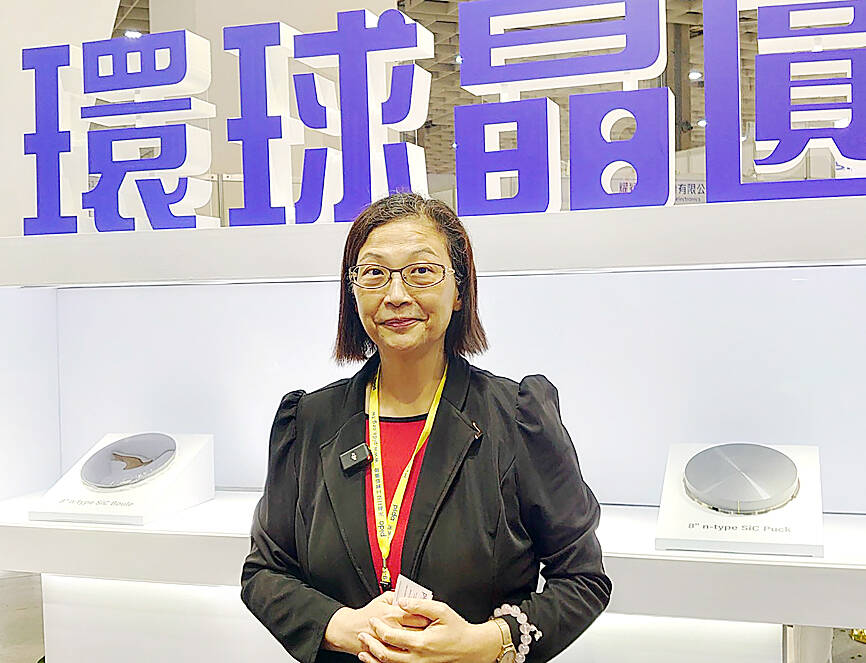
Photo: CNA
Customers are digesting inventories at a “much slower-than-expected” pace, Hsu said. “That is where the problem is. That is why, up to now, raw wafer revenue pickup is not so obvious yet.”
GlobalWafers said it expects customers to reduce their inventory to much healthier levels by the end of this year, setting the scene for a recovery next year.
“Next year would be a healthy and positive year with good growth, not only for chip, memory and foundry companies, but also for silicon wafer companies,” Hsu said.
GlobalWafers has no plans to slow its capacity expansion at its new 12-inch fabs in the US, Italy and other locations, she said.
On Monday, the company said in a regulatory filing that it planned to buy land and buildings in Malaysia for 146 million ringgit (US$32.63 million) to cope with customer demand amid ongoing geopolitical tensions.
GlobalWafers’ revenue fell 16.7 percent annually to NT$30.41 billion (US$930.31 million) in the first half of this year.
Revenue in the second half would be flat compared with the first half, the company said.
Demand for 12-inch wafers has been strong lately and demand for 8-inch wafers is recovering, while there are no signs of further deterioration for 6-inch wafers, it said.
Net profit last quarter contracted 18.5 percent to NT$2.88 billion, from NT$3.53 billion the previous quarter, having declined 39.9 percent from NT$4.79 billion a year earlier. Last quarter’s profit was the lowest in the past eight quarters.
Earnings per share dropped to NT$6.02 last quarter from NT$8.1 a quarter earlier and NT$11 a year earlier.
Gross margin fell to 32.3 percent, the weakest level since the fourth quarter of 2017, after a cyberattack in June caused production disruptions at many of its fabs.
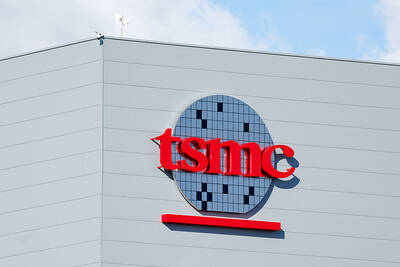
Taiwan Semiconductor Manufacturing Co (TSMC, 台積電) secured a record 70.2 percent share of the global foundry business in the second quarter, up from 67.6 percent the previous quarter, and continued widening its lead over second-placed Samsung Electronics Co, TrendForce Corp (集邦科技) said on Monday. TSMC posted US$30.24 billion in sales in the April-to-June period, up 18.5 percent from the previous quarter, driven by major smartphone customers entering their ramp-up cycle and robust demand for artificial intelligence chips, laptops and PCs, which boosted wafer shipments and average selling prices, TrendForce said in a report. Samsung’s sales also grew in the second quarter, up
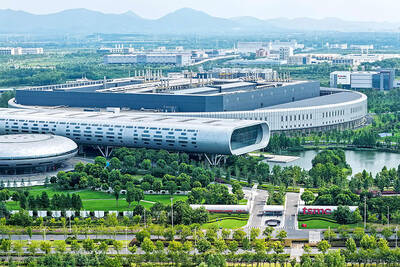
LIMITED IMPACT: Investor confidence was likely sustained by its relatively small exposure to the Chinese market, as only less advanced chips are made in Nanjing Taiwan Semiconductor Manufacturing Co (TSMC, 台積電) saw its stock price close steady yesterday in a sign that the loss of the validated end user (VEU) status for its Nanjing, China, fab should have a mild impact on the world’s biggest contract chipmaker financially and technologically. Media reports about the waiver loss sent TSMC down 1.29 percent during the early trading session yesterday, but the stock soon regained strength and ended at NT$1,160, unchanged from Tuesday. Investors’ confidence in TSMC was likely built on its relatively small exposure to the Chinese market, as Chinese customers contributed about 9 percent to TSMC’s revenue last
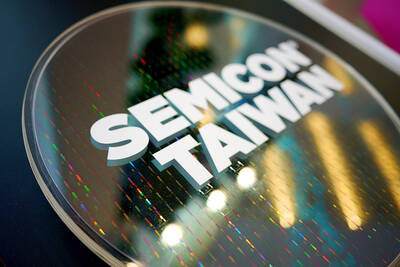
With this year’s Semicon Taiwan trade show set to kick off on Wednesday, market attention has turned to the mass production of advanced packaging technologies and capacity expansion in Taiwan and the US. With traditional scaling reaching physical limits, heterogeneous integration and packaging technologies have emerged as key solutions. Surging demand for artificial intelligence (AI), high-performance computing (HPC) and high-bandwidth memory (HBM) chips has put technologies such as chip-on-wafer-on-substrate (CoWoS), integrated fan-out (InFO), system on integrated chips (SoIC), 3D IC and fan-out panel-level packaging (FOPLP) at the center of semiconductor innovation, making them a major focus at this year’s trade show, according
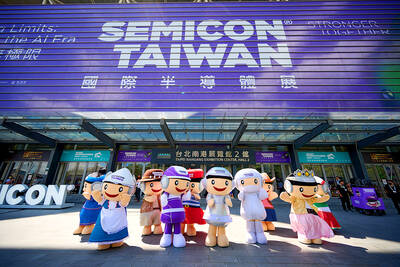
DEBUT: The trade show is to feature 17 national pavilions, a new high for the event, including from Canada, Costa Rica, Lithuania, Sweden and Vietnam for the first time The Semicon Taiwan trade show, which opens on Wednesday, is expected to see a new high in the number of exhibitors and visitors from around the world, said its organizer, SEMI, which has described the annual event as the “Olympics of the semiconductor industry.” SEMI, which represents companies in the electronics manufacturing and design supply chain, and touts the annual exhibition as the most influential semiconductor trade show in the world, said more than 1,200 enterprises from 56 countries are to showcase their innovations across more than 4,100 booths, and that the event could attract 100,000 visitors. This year’s event features 17